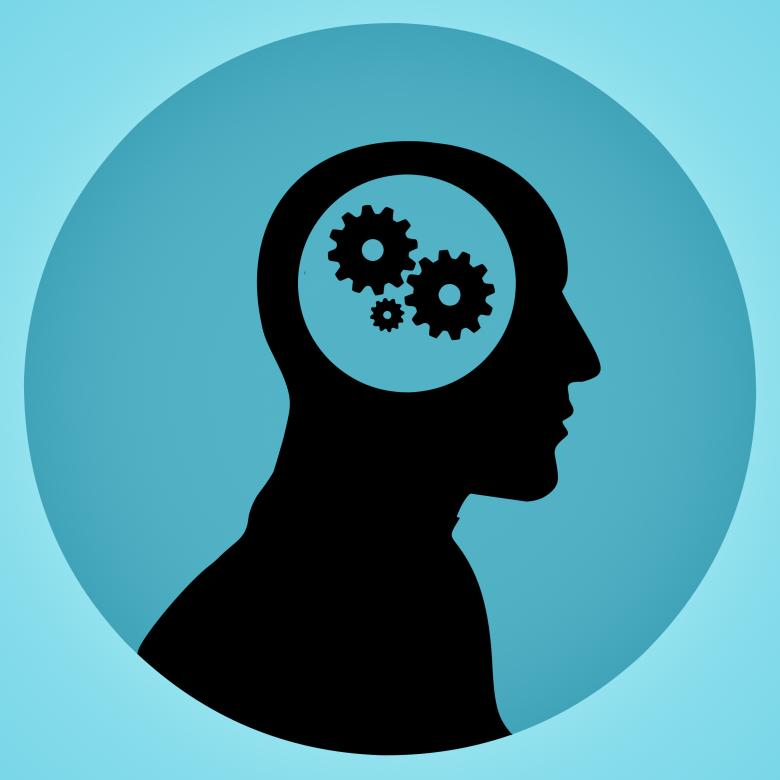Being Responsible Digital Citizens
Who is responsible for teaching Digital Citizenship? We all are: educators, parents, Administrators and Instructional Coaches. We all live in this interconnected digital world and must teach, model and talk with our students about what is safe, legal and ethical when it comes to using computing devices. We can no longer assume that someone else will cover digital citizenship. We all need to become proactive and embrace the skills on a daily basis. It's never too early or too late for teachers to embed this in their content. Kids as young as first grade or as old as 12th grade can benefit from these practices. Rather than teaching digital literacy concepts in isolation there are a few ways you can embed these skills into your content.
- Model the process. While you are discussing facts about the Reconstruction Period, Genetic diseases or the history of a mathematical formula conduct a brief research with your students and talk through the process. When you are post on Twitter, talk through it with your students and discuss the purpose of the post. Explain what you post and why you are posting the content.
- Explain why Digital footprints can never be fully erased. Have the conversations with students about the words, activities and actions they conduct online should remain positive at all times. Locating and referencing current events for examples can provide the students with meaningful and relevant discussions about online safety and etiquette.
- Use the language. Become familiar with the digital literacy lingo and what it means. Common Sense Media and NetSmartz has some great resources.
CC Graphic by Sylvia Duckworth
- Have examples. Start by including the resource page with the cited sources you used for a presentation done for the class. List the name of the website you used when you included an image in the presentation.
- Provide Opportunities Students need to learn and practice digital literacy skills on a daily basis. Provide opportunities for students to use the tools and skills appropriately, with the guidance of you. If students are working on the same document in class but sit on opposite sides of the room, allow them to use the chat feature within the document if they have quick question for their partner.
- Freedom to Fail. We all make mistakes; we are human. Let’s capitalize on the opportunities and learn from them. If a student makes a mistake, discuss, learn and move forward.
Essentially, we all have the same goals for our children and students. We want them to become responsible citizens in this world, whether they are online or not. Provide them many opportunities to create the positive digital footprints and practice appropriate online use...daily.
Bonus…
If you are a Richland School District Two employee we have a deeper learning experience for you! We have developed an online course called Becoming A Digital Literacy Agent, with the outcomes for you to develop the foundational digital literacy skills in order to seamlessly integrate and model these skills into your curriculum on a daily basis. Ask your Technology and Learning Coach for more information.



Comments
Post a Comment